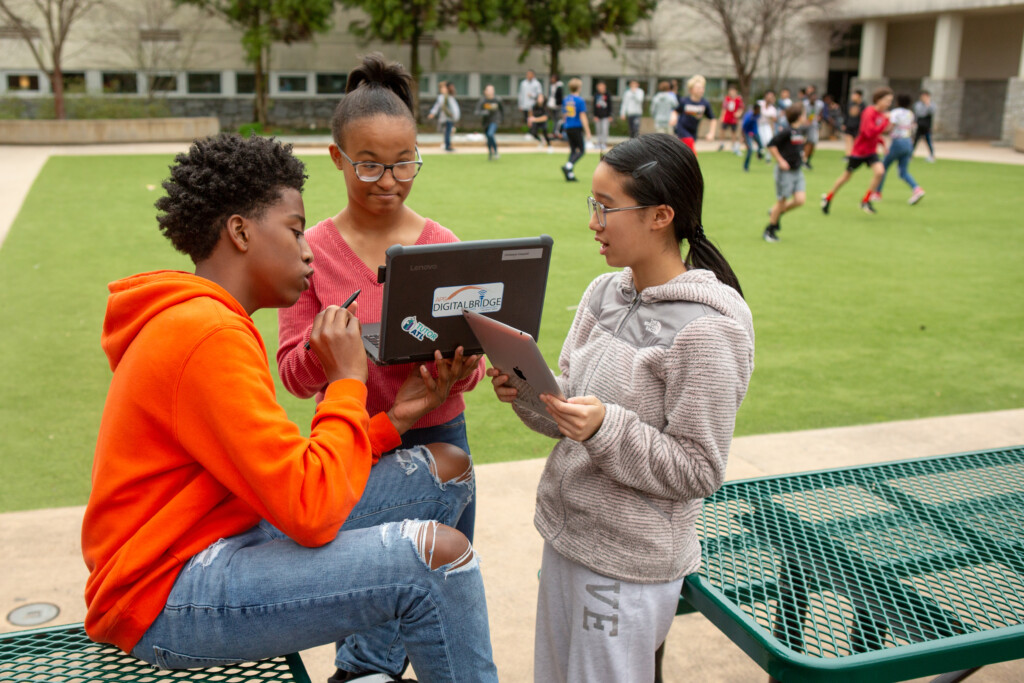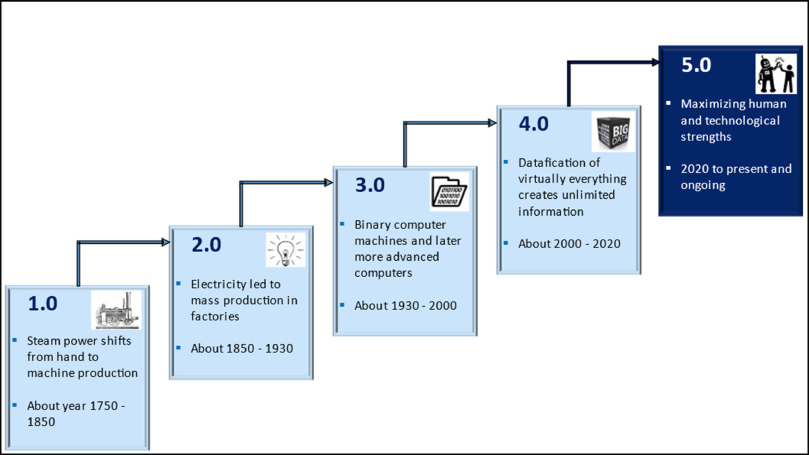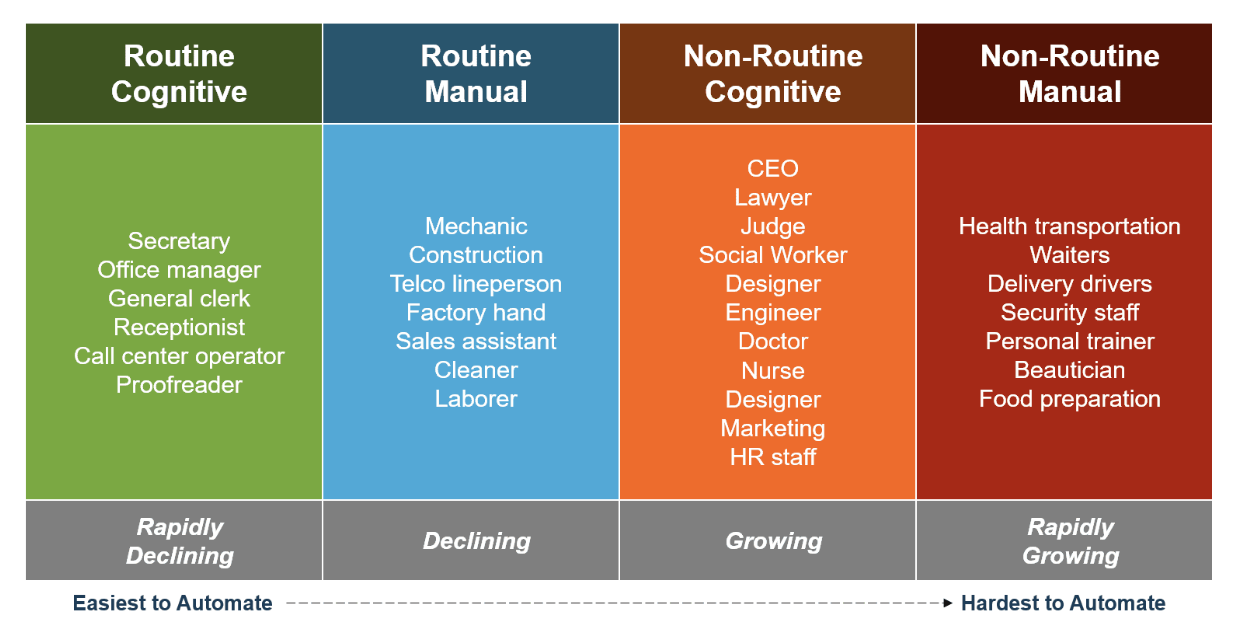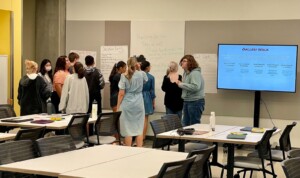New Problems, Diverse Teams, Smart Tools
Key Points
-
Humans use tools to solve problems and meet needs.
-
Every secondary and postsecondary learner deserves at least a couple of cycles each year of opportunity spotting, team-based solution designing, and feeling the satisfaction of delivering public impact.

Homo techne could be translated as “the technological human” or “the human defined by technology.” In using this term, you are arguing that our ability to create and use tools, machines, and other technologies –GPT-4
My definition of Homo techne assumes that every individual human, sapiens or ante-sapiens, with or without an AI copilot, makes choices. Those choices, in the aggregate, shape what is experienced by each succeeding generation. –Reid Hoffman, Impromptu
Humans use tools to solve problems and meet needs. Two decades ago, when computers and sensors became ubiquitous, the amount of data exploded and every sector became computational. In Being Mortal, surgeon Atul Gawande described how the expanding complexity of medicine (like other sectors) had moved beyond the individual expert model to delivering in teams. “It’s a profession that has exceeded the capabilities of any individual to manage the volume of knowledge and skill required. So we are now delivering as groups of people.”
Ron Heifetz identified two types of challenges: adaptive and technical. The technical is defined as those that the knowledge of experts can solve, whereas adaptive requires new learning. The expanding complexity of business compounded by geopolitical, health, and climate crises means more problems are adaptive–requiring smarter teams and smarter tools.
Six or seven years ago, some widely available tools started learning from data, drawing fresh inferences, and supporting a new round of process automation in every sector. Six months ago, smart tools broke through to consumers and generative AI apps started drafting articles, authoring videos, writing code, and developing art.

Some call this new age of human-computer interaction the Fifth Industrial Revolution. It is characterized by diverse teams attacking new problems using smart tools. A few examples include:
- Medical teams use smart tools to diagnose and treat disease
- Pharmaceutical teams use smart tools in drug screening and discovery
- Software development teams using a copilot to rapidly build solutions
- Engineering teams use smart tools to automate processes and predict mechanical failure.
- Content creation teams use smart tools to draft articles, transcribe interviews, and translate information.
- Energy production teams use smart tools to understand patterns in renewable energy usage and generation.
The age of human-computer interaction is resulting in the automation of routine tasks –both cognitive and manual. Jobs emphasizing nonroutine tasks are in big demand. But here’s the rub–there’s a big divide between teams directed by smart tools (e.g., delivery drivers) and those creating and using smart tools (e.g., engineers). With 10X wage differentials for those using AI versus those directed by AI, a barbell economy is inevitable.

The nonroutine cognitive work is what Lumina CEO Jamie Merisotis called Human Work in the Age of Smart Machines: thinking critically, reasoning ethically, interacting interpersonally, and serving others with empathy–these problem-finding, problem-solving, integrative skills are things only humans can do. He acknowledged the increasing importance of the caring professions– health and education–but noted that teachers and nurses are not paid like other professionals in the nonroutine cognitive category.
Entrepreneurial Mindset
Work in every sector is increasingly diverse teams addressing new problems using smart tools.
In response, the KEEN Network, a collaboration of America’s leading engineering schools, developed a framework for entrepreneurially minded learning. It starts with finding and framing a problem worth solving, or what KEEN calls opportunity recognition. Then comes solution design–that’s where design thinking and prototyping solutions come in. And finally, communicating and delivering impact to a community

KEEN members share a commitment to developing an entrepreneurial mindset based on three dispositions: Curiosity, Connections, and Creating Value.
This new age of human-computer collaboration means more work with be done by diverse teams attacking new problems with smart tools. The new educational challenge (as taken on by KEEN members) is designing pathways that build the mindset and skills for opportunity spotting, solution designing, and impact delivering.
|
Common Edu Practice |
Next Gen Edu Practice |
|
Small prescribed discipline-based problems with right answers |
Opportunity recognition: finding and framing problems worth working on, design thinking, co-authoring solutions |
|
Individual work |
Working in diverse/interdisciplinary teams: learning the skills of collaboration and project management |
|
Private work done for a grade |
Public work: delivering value to a community |
It’s worth noting that these are foreign concepts in secondary and postsecondary education. The KEEN framework is a new way to think about learning goals (or “portrait of a graduate”) and a new way to think about learning experience design.
Every secondary and postsecondary learner deserves at least a couple of cycles each year of opportunity spotting, team-based solution designing, and feeling the satisfaction of delivering public impact.





0 Comments
Leave a Comment
Your email address will not be published. All fields are required.